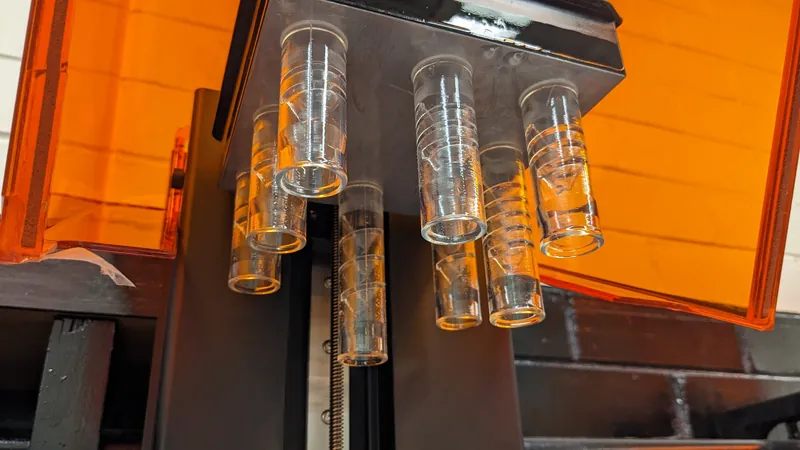
Revolutionary Shark-Inspired Design Could Change the Way Fluids Flow in Technology!
2024-09-25
Introduction
Researchers from the University of Washington have unveiled a groundbreaking method for ensuring that fluids flow in a single direction without the need for mechanical flaps. Drawing inspiration from the unique structure of shark intestines, this innovative system holds tremendous potential for various technological applications, from engineering to medicine.
Study Overview
In a study published on September 24 in the Proceedings of the National Academy of Sciences, the team demonstrated that flexible pipes featuring an interior helical design mimicking that of shark intestines can facilitate unidirectional fluid flow effectively. Human intestines act as hollow tubes; however, sharks and rays have intestines characterized by spiral structures that promote streamlined flow, a phenomenon known as flow asymmetry.
Research Insights
Ido Levin, the lead author of the study and a postdoctoral researcher at UW, noted, "Flow asymmetry in a pipe without moving flaps offers remarkable technological opportunities, but the underlying mechanism was elusive." Understanding which aspects of the shark's intestinal design contributed to this phenomenon motivated Levin and his colleagues to delve deeper.
Team Efforts
The research team, which included chemistry professors Sarah Keller and Alshakim Nelson, as well as postdoctoral researcher Naroa Sadaba, employed 3D printing technology to create various "biomimetic pipes." By experimenting with different geometrical parameters—such as the pitch angle and the number of turns of the helix—they derived several prototypes. Early testing on these models made from rigid materials revealed that some designs successfully demonstrated significant unidirectional flow.
Eureka Moment
Levin described the initial measurements of flow asymmetry as a "Eureka" moment, highlighting that the results confirmed the effectiveness of their designs. As the team refined the geometrical features and crafted new iterations, they achieved flow asymmetry that not only matched but surpassed the capabilities of the Tesla valve—an invention patented over a century ago by Nikola Tesla, known for its ingenious one-way fluid flow mechanism.
Beating Tesla's Design
Levin remarked, "Beating Tesla's design was no small feat."
Pushing Boundaries
However, the researchers did not stop at rigid designs. They hypothesized that creating deformable structures made of softer, more flexible materials could enhance performance even further. In subsequent experiments, they 3D-printed new prototypes using the softest commercially available polymer. The results were astounding—these designs outperformed all previous Tesla valve measurements by at least sevenfold.
Broader Implications
Nelson emphasized the broader implications, stating, "The development of polymers that are simultaneously soft, durable, and printable has far-reaching potential, particularly in controlling fluid flow in various applications."
Future Prospects
Although the materials used are still much firmer than the actual intestinal tissues of sharks—about 100 times softer—the research opens doors for further advancements in mimicking biological structures.
Collaborative Success
The collaborative effort that integrated biology, chemistry, and physics was pivotal to the project’s success. Keller noted, "Biomimicry proves to be an invaluable method for discovering innovative designs that would not surface without nature's influence."
Conclusion
This research could mark a significant turning point in fluid dynamics technology, paving the way for smarter, more efficient systems that could transform numerous industries. Stay tuned, as this could be just the beginning of a new era in engineering and beyond!
 Brasil (PT)
Brasil (PT)
 Canada (EN)
Canada (EN)
 Chile (ES)
Chile (ES)
 España (ES)
España (ES)
 France (FR)
France (FR)
 Hong Kong (EN)
Hong Kong (EN)
 Italia (IT)
Italia (IT)
 日本 (JA)
日本 (JA)
 Magyarország (HU)
Magyarország (HU)
 Norge (NO)
Norge (NO)
 Polska (PL)
Polska (PL)
 Schweiz (DE)
Schweiz (DE)
 Singapore (EN)
Singapore (EN)
 Sverige (SV)
Sverige (SV)
 Suomi (FI)
Suomi (FI)
 Türkiye (TR)
Türkiye (TR)